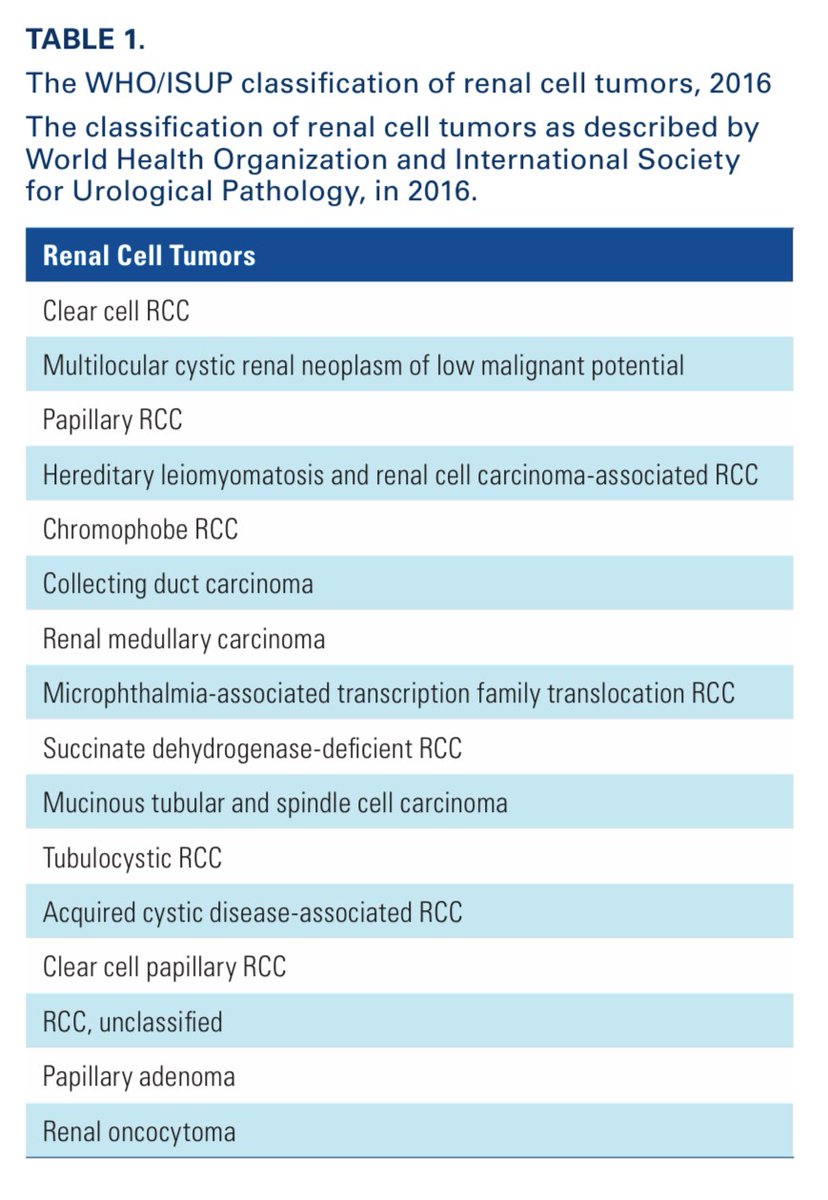
In this #SIUJ editorial, @pcvblack discussed gender disparity in urology. Why is this a priority for @SIU_Journal and what barriers remain in place?
Read full article: siuj.org/index.php/siuj…
#OpenAccess
(1/n)
Read full article: siuj.org/index.php/siuj…
#OpenAccess
(1/n)

Gender disparity is a big problem that deserves a lot more attention within the urological community. The ultimate goal of gender equality is to develop a diverse urologic workforce that provides optimal patient care. (2/n) 

We need to attract more women into training and more female urologists into leadership roles. Providing role models and mentorship for female medical students considering their career options is critical for enhancing female representation in urology. (3/n)
Major awards to female urologists in 2020 (AUA Gold Cystoscope Award @LoebStacy, EAU Crystal Matula Award @Tilki_de) demonstrate that appropriate mentors/role models are appearing, and first steps to overcome gender gap are showing progress. @AmerUrological @Uroweb (4/n)
The SIU is a global organization. We noted that the gender gap tends to be higher in low and medium-income countries. Initiatives to overcome gender gap need to be global in reach. @SIU_urology (5/n)
Specifically, in urologic publishing, the gender gap is also wide, and there is an urgent need to increase female representation. As we build our new journal, @SIU_Journal, we also need to be particularly cognizant of female representation. (6/n)
We have made gender equality a priority at @SIU_Journal. We will work towards equal representation amongst editors and the broader editorial board, and we will work to raise awareness about gender equality in the global @SIU_urology community. (7/7)
• • •
Missing some Tweet in this thread? You can try to
force a refresh





